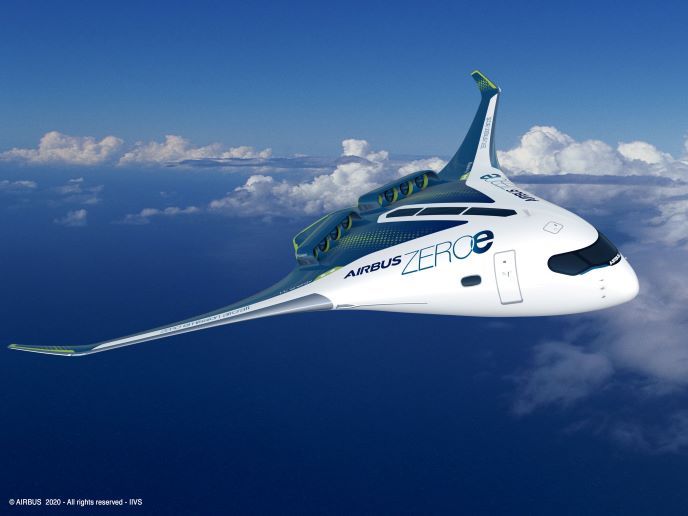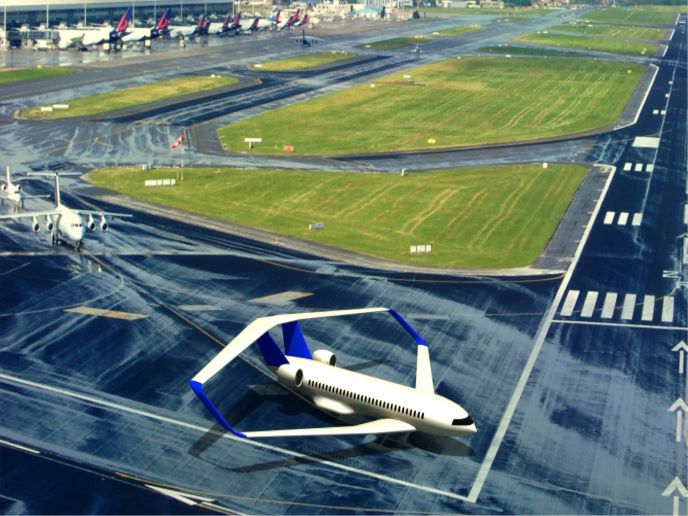Engine innovations could lead to greener aviation
While the aviation industry is critical to Europe’s economy, it is also a significant emitter of greenhouse gases. “We are simply releasing too much CO2 into the atmosphere,” says ROTATOR(opens in new window) project coordinator David Powell from Magnomatics(opens in new window) in the United Kingdom. “The aviation industry knows that. The current situation of zero taxation on aviation fuel and emission pricing exemptions is likely to change, which provides a huge incentive to invest in fuel-saving technologies.”
Open rotor engine technology
A key challenge is identifying cost-effective, safe and reliable methods that will effectively reduce aviation emissions. One potential solution that is attracting growing interest is open rotor engine technology. Characterised by two sets of blades with no external engine cowling(opens in new window), open rotor architectures are designed to efficiently increase propulsion, thereby reducing fuel consumption and emissions. “If we can reduce fuel burn rates by 20 %, this will be a game changer for the industry,” adds Powell. The EU-funded ROTATOR project sought to advance this technology through replacing hydraulics with an electromechanical magnetic control system, in line with the push for greater electrification of aircraft. In open rotor engines, constant and precise adjustment of blade angle is important in maximising fuel savings. The angle of the blades has conventionally been controlled using hydraulic systems. Such systems however require extensive maintenance to prevent hydraulic fluid leakage and can be fraught with other technical problems.
Replacing hydraulics with electromechanical control
To demonstrate the feasibility of an electromechanical solution, the project brought together a range of experts from academia and industry. Together, the team worked to develop fault-tolerant magnetically geared motors, high-temperature silicon carbide electronics, electromagnetic rotating power transfer devices and light-weighted components. “One challenge from the beginning was working out how these electronics would operate in such a challenging environment,” explains Powell. “An open rotor engine rotates at over 1 000 rpm and operates at high temperatures. Imagine putting electronics into a spinning washing machine at high temperature.” Another challenge was developing magnetic, mechanical and electronic components of an appropriate size that would fit into the engine. The team used simulation tools to understand how the system would function, and which materials could best withstand the environment.
Achieving significant fuel savings
A key success, says Powell, was the development and construction of a full-scale pitch control mechanism. This was tested at Magnomatics’ headquarters in Sheffield, demonstrating its feasibility. “We were only 15 % over the target mass, which we were very happy with,” adds Powell. “The system was able to meet the requirements we set, such as blade position accuracy and the time taken to reach a specified position. We are confident that moving forward, we can reach our target mass.” Within the system as a whole, a number of individual technologies were also successfully advanced. These included work on rotating power transfer electromagnetic devices, carbon composite and metallic hybrid components, and a two-channel magnetically geared motor. “The advantage of this is that if one channel becomes faulty, we can carry on operating as though nothing has happened,” notes Powell. Above all, he believes that the project has shown how replacing hydraulics with electromechanical actuation can make open rotor engine technology an attractive option for achieving significant fuel savings. “We hope that this work will lead to the safe, and rapid deployment of open rotor engine technology, and ultimately save millions of tonnes of CO2 in the fight against climate change,” he says.







